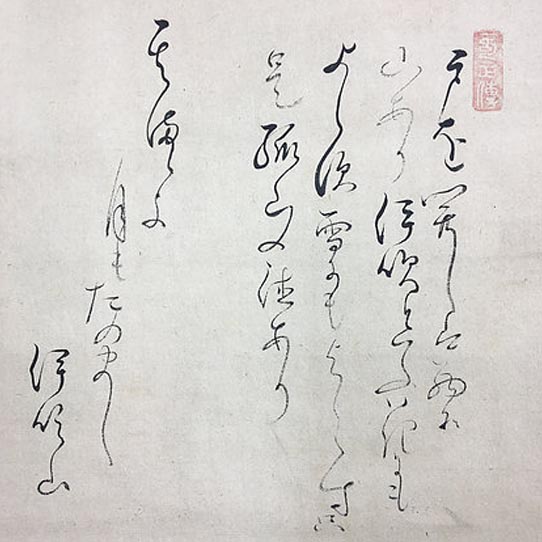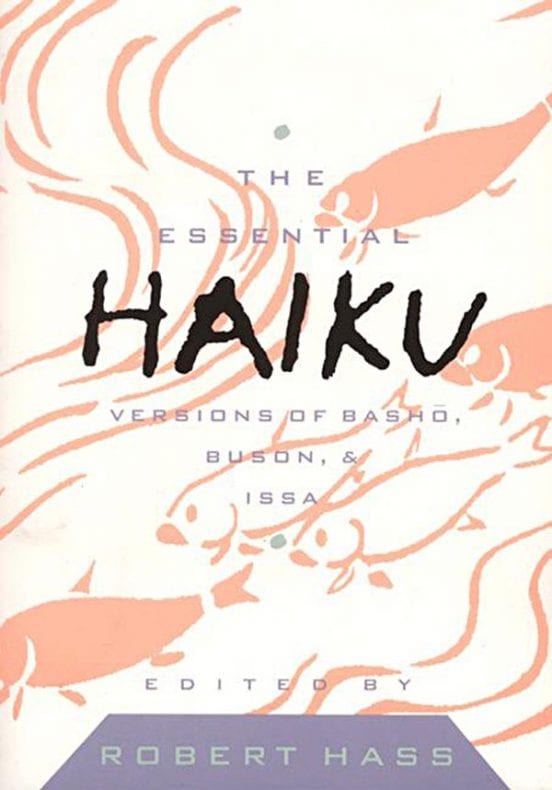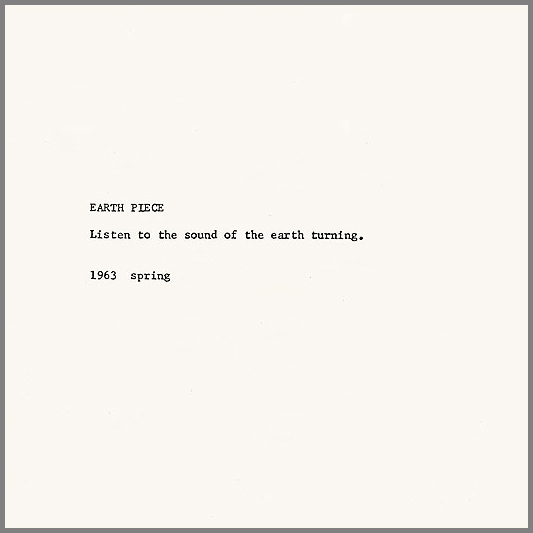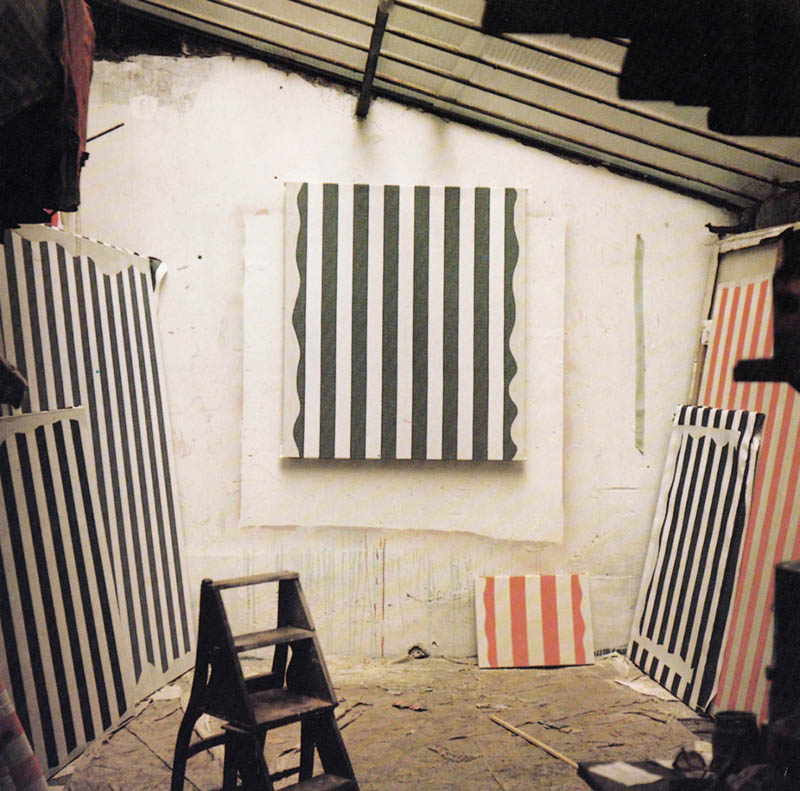We read haiku often for the power they offer in just a few lines. Whether we’re in a hurry or at leisure, they are HELPFUL, always offering a shift of our thinking and deepening of the moment.
a cold rain starting
and no hat—
so?

We hadn’t quite realized how they do it until we read Jane Hirschfeld’s wise commentary about the great 17th century poet Basho’s haiku, in Ten Windows: How Great Poems Transform the World:
Basho’s poems also instruct in an alternative possibility of being. One useful way to approach a haiku is to understand each of its parts as point toward both world and self. Read this way, haiku remind us that a person should not become too fixed in a singular sense of what the self might consist of or know, or where it might reside.
THAT is what we are always looking for, that haiku helps us find:
instruction in an alternative possibility of being
Here are some:
cool, cool
noon-napping,
feet on a wall
…
happiness:
waking, alive again,
in this gray world of winter rain
…
this autumn,
why do I grow old?
a bird entering clouds
We have many books of haiku but our open-anywhere-for-something-just-right favorites are The Essential Haiku: Versions of Basho, Buson, & Issa

It got us thinking about the many short poems that, haiku-like, provide instruction:
My Teacher once said to me,
—become one with the knot itself,
Till it dissolves away.
—sweep the garden.
—any size.—Gary Snyder
…

Useful.




That was,..
IS (!),
a really great piece.
thank you.